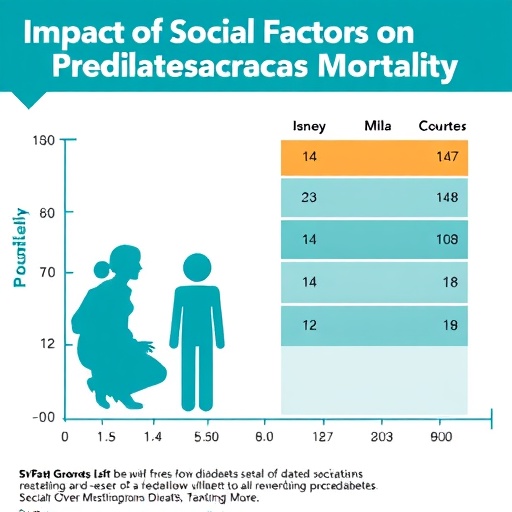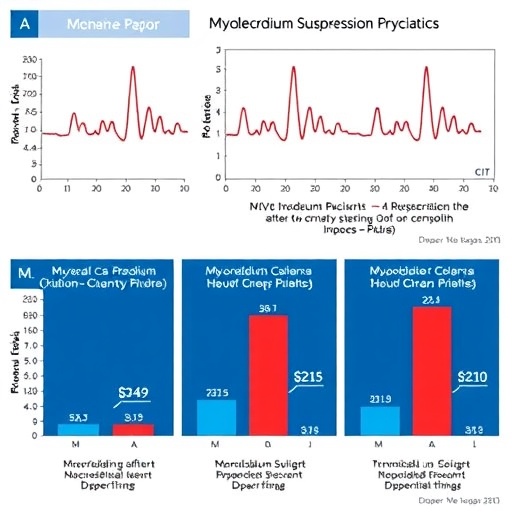During the hours of sleep the memory performs a cleaning shift. A study led by a Spanish scientist at the University of Cambridge reveals that when we sleep, the neural connections that collect important information are strengthened and those created from irrelevant data are weakened until they get lost.
Throughout the day, people retain a lot of information. The brain creates or modifies the neural connections from these data, elaborating memories. But most of the information we receive is irrelevant and it does not make sense to keep it. In such a case, the brain would be overloaded.
So far there have been two hypotheses about how the sleeping brain modifies the neural connections created throughout the day: while one of them argues that all of them are reinforced during sleep hours, the other maintains that their number is reduced.
A group of scientists from the Ole Paulsen Laboratory, at the University of Cambridge (United Kingdom), has analyzed the mechanisms underlying the maintenance of memory during the phase of slow wave sleep – the third phase of sleep without rapid eye movements in the brain during which there is more relaxation and a deeper rest.
"Depending on the experiences of a person and depending on their relevance, the size of their corresponding neuronal connections changes. Those that save important information are smaller and those that store the dispensable are larger," explains Ana González Rueda, main author of the study and researcher at the MRC Laboratory of Molecular Biology (LMB) in Cambridge.
According to the expert, in the event that all these links were reinforced equally during sleep, the brain would be saturated by an extreme overexcitement of the nervous system.
In the study, published in the Neuron journal, the researchers stimulated the neuronal connections of mice subjected to a type of anesthesia that achieves a brain state similar to the slow wave sleep phase in humans.
In the words of González Rueda, the stimulation was carried out 'blindly' because the information contained in each of the links was not known. "We developed a system to follow the evolution of a specific neuronal synapse and thus study what type of activity influences that these are maintained, grow or decrease."
What isthe maintenance of neural connections dependent on?
The results show that during slow wave sleep, the largest connections are maintained while the smaller ones are lost. This brain mechanism improves the signal-to-noise ratio – important information remains and the dispensable is discarded – and allows the storage of various types of information from one day to the next without losing the previous data. That is, those that have already been considered relevant are kept in that state without having to reinforce them. According to González Rueda, the brain "puts order" during the hours of sleep, discarding the weakest connections to ensure stronger and consolidated memories.
"Although the brain has an extraordinary storage capacity, maintaining connections and neuronal activities requires a lot of energy. It is much more efficient to keep only what is necessary," says the expert. "Even without maintaining all the information we receive, the brain spends 20% of the calories we consume."
This research is a first indication of the electro-physiological mechanism of sleep and opens new horizons thanks to the development of a new way of studying live synaptic plasticity.
The next objective of the experts is to research the consequences of this type of brain activity for the maintenance of certain information and to analyze new phases of sleep. "In addition to the analysis of the slow wave phase, it could be interesting to know what happens in the REM phase, during which dreams occur", concludes González Rueda.
###
References:
Ana Gonzalez-Rueda, Victor Pedrosa, Rachael C. Feord, Claudia Clopath, Ole Paulsen. Activity-Dependent Downscaling of Subthreshold Synaptic Inputs during Slow-Wave-Sleep-live Activity in Vivo. Neuron, 2018.
Media Contact
SINC
[email protected]
34-914-250-909
@FECYT_Ciencia
http://www.fecyt.es/fecyt/home.do




